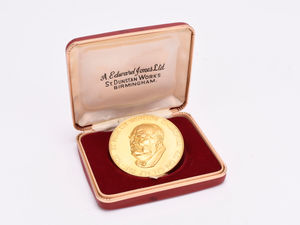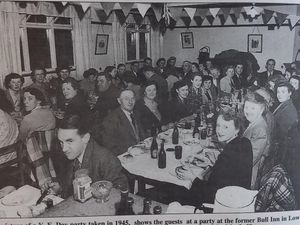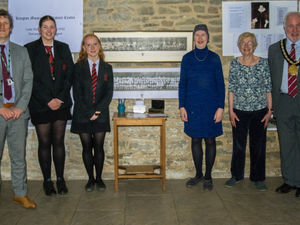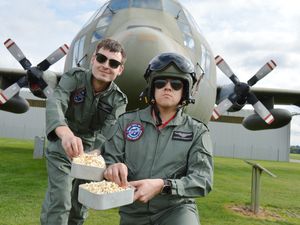Shropshire hero who saved a Normandy town
To the folk of the French coastal town of Arromanches, there is one Shropshire soldier who is a particular hero.
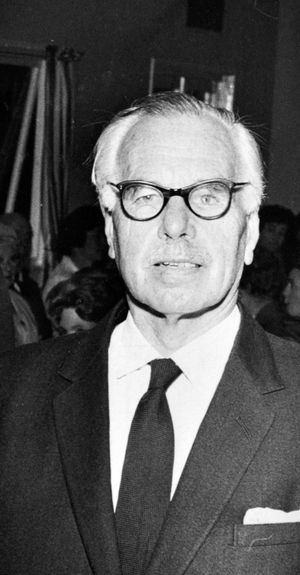
A stone memorial in his honour describes him as "liberateur d'Arromanches."
Sir Alexander Stanier was commander of one of the landing brigades on D-Day, June 6, 1944, and his story has been recalled by Bill Kerswell after reading of plans for a new Normandy memorial, to which the Government is contributing £20 million, to remember those who died during that campaign.
"I worked for the gentleman in the 1950s, as whipper-in to the Hawkstone Otter Hounds. He was chairman of the hunt," said Bill, who lives near Church Stretton.
"He was a real gentleman who didn't mention anything about his military life. He presented the Hawkstone Otter Hounds funds to Shropshire hospice, as they thought that was the only way nobody would moan about hunting and animal rights. And he brought an otter hunt uniform to the costume museum, in Shrewsbury somewhere.
"He had an estate in south Shropshire. He only had one eye, which I think was the result of an explosion when a grenade accidentally went off, not through enemy action.
"He was a beach commander at D-Day, and was the saviour of the town of Arromanches. He saw to his horror that a load of German panzers were descending on the town to dig in. When that happened at Caen, it was levelled by bombers. But Sir Alexander radioed to the navy and a cruiser shelled the tanks from about half a mile distant and destroyed them, which saved the town.
"There's a D-Day museum at Arromanches which he was partly responsible for setting up.
"He was a famous Shropshire soldier, they said one of the bravest men they could find."
Sir Alexander, who had a distinguished military career in two world wars, died in 1995 at the age of 96. The week before he died he was offered, and accepted, the Freedom of Arromanches.
His son Billy travelled to France to accept the honour on his behalf.
He said at the time: "We are all very proud of my father as he was the first commander to land on D-Day - and he survived it."
There is also a square named after him in the village of Asnelles, which his men had liberated.

